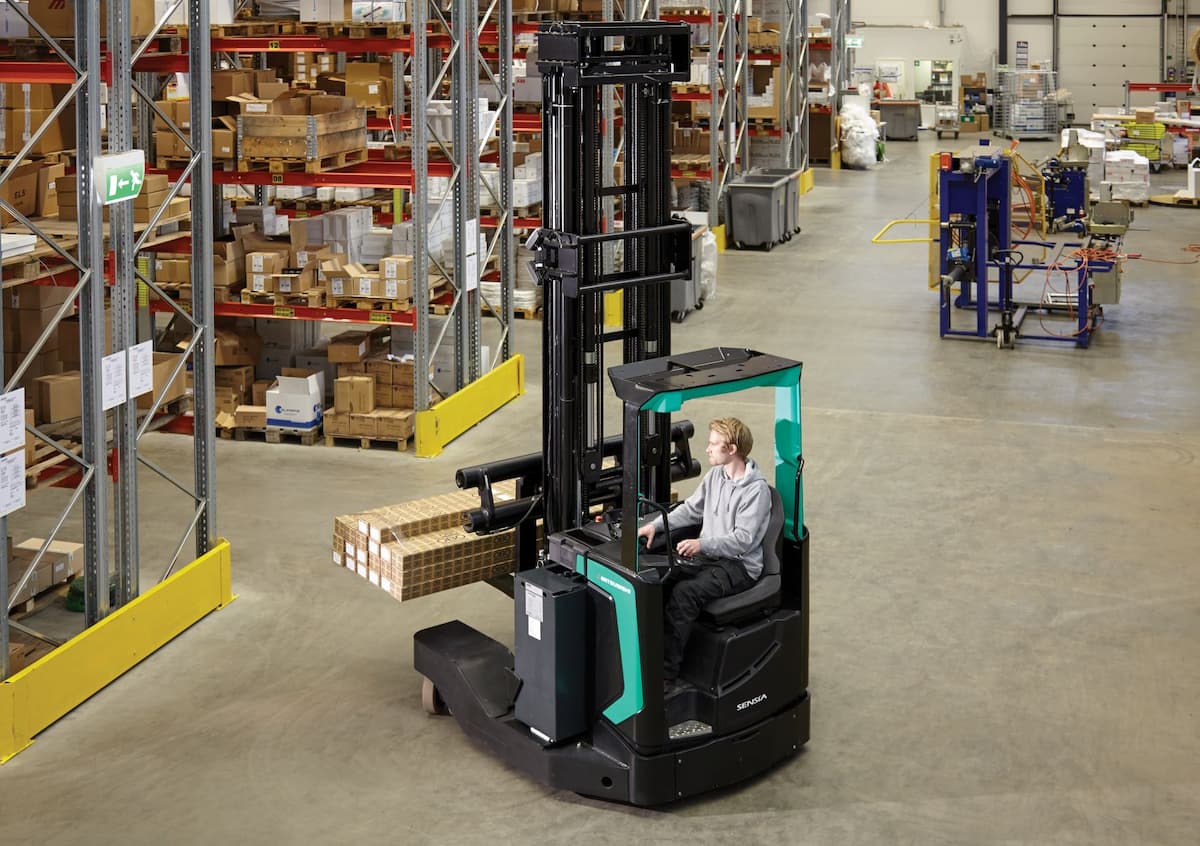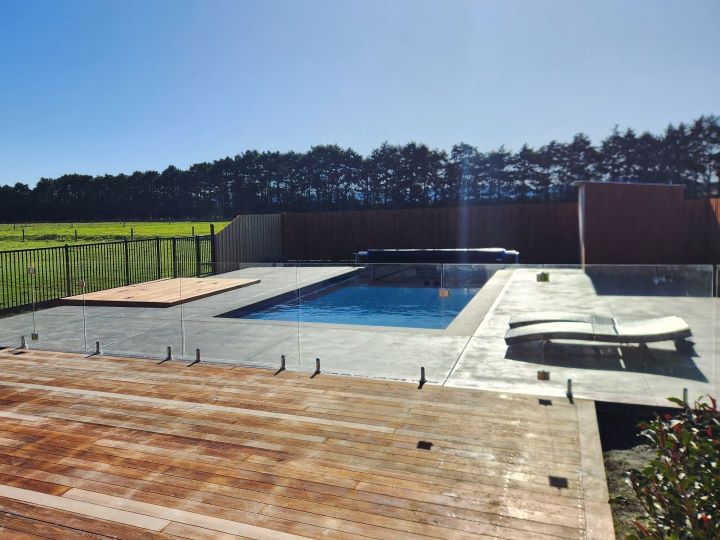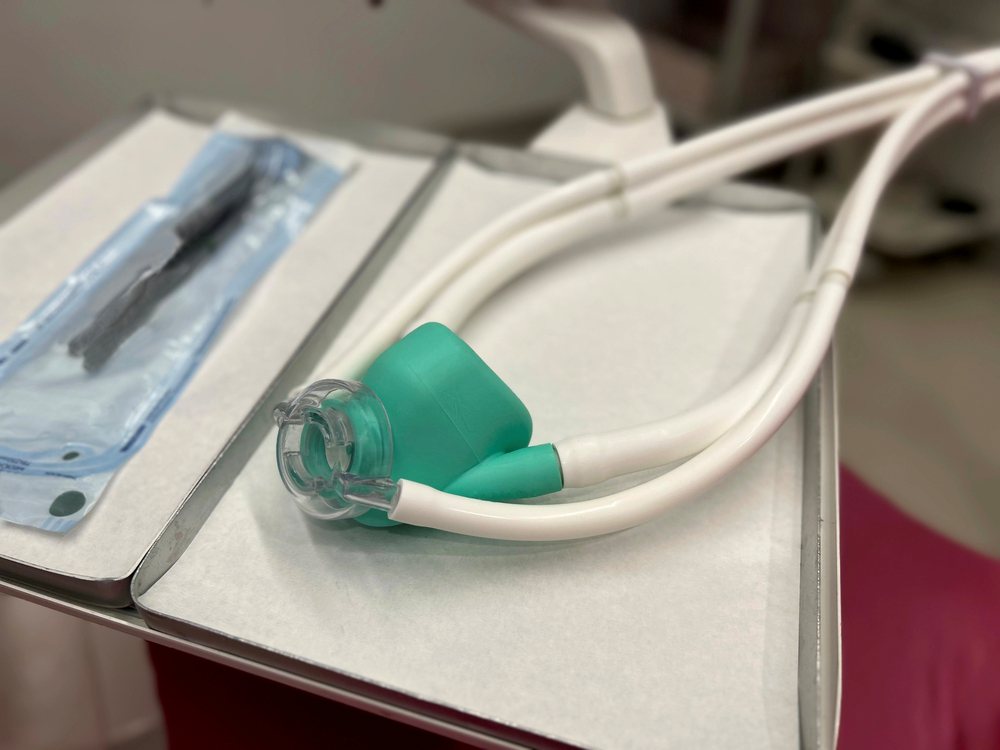Buying a used forklift in New Zealand can be a cost-effective and practical solution for businesses in industries such as warehousing, logistics, agriculture, and construction. Many companies turn to the second-hand market because forklifts are essential for moving heavy loads but purchasing brand-new equipment can be a significant financial commitment.
However, just like buying any other piece of heavy machinery, inspecting a used forklift thoroughly is critical to ensure you’re getting good value and avoiding expensive repairs down the track.
Why Buying a Used Forklift in New Zealand Can Be a Smart Investment
Cost Savings Compared to New Forklifts
One of the biggest advantages of buying a used forklift is the lower upfront cost. New forklifts can be a major expense for small and medium-sized businesses, while used options often come in at a fraction of the price. This makes them especially appealing for businesses in New Zealand that need to keep operating costs under control.
Availability of Reliable Second-Hand Forklifts
The used equipment market in New Zealand is relatively strong, with many reputable dealers offering quality forklifts that still have years of life left in them. Businesses upgrading their fleets often sell or trade in forklifts that remain in excellent condition, meaning buyers can access reliable machines without overspending.
The Role of Used Forklifts in New Zealand Businesses
From logistics companies in Auckland to agricultural operations in Canterbury, used forklifts are in demand across many industries. They allow businesses to expand capacity quickly, handle seasonal workloads, or replace outdated equipment without stretching their budgets.
Key Visual Checks When Inspecting a Used Forklift
Examining the Forks and Mast for Wear and Damage
The forks and mast are essential to the machine’s functionality, so any wear, cracks, or bending could compromise safety. Look closely at the thickness of the forks to ensure they haven’t worn too thin, and check the mast for signs of welding or repair that may indicate past damage.
Checking the Tires for Cracks, Balding, or Uneven Wear
Tires play a crucial role in forklift stability. Inspect whether the tires are solid or pneumatic and look for cracks, excessive wear, or flat spots. Uneven tire wear may signal alignment or suspension issues that could lead to further repairs.
Assessing the Frame and Chassis for Structural Integrity
The frame and chassis should be free from major dents, rust, or visible cracks. Any signs of damage here may indicate the forklift has been overworked, mishandled, or even involved in accidents, which can compromise safety and long-term durability.
Mechanical and Performance Inspections
Testing the Engine or Motor for Smooth Operation
Start the forklift and listen for unusual noises. Diesel and LPG forklifts should idle smoothly and accelerate without hesitation, while electric forklifts should operate quietly without excessive vibration. Any smoke, difficulty starting, or unusual sounds are warning signs.
Evaluating the Hydraulic System for Leaks and Functionality
The hydraulic system is responsible for lifting heavy loads. Check hoses and seals for leaks, and test the mast by raising and lowering it several times. Jerky or slow movements often indicate issues with the hydraulics that may require expensive repairs.
Inspecting the Steering, Brakes, and Transmission
Steering should feel responsive without excessive play, and the brakes should stop the forklift smoothly without pulling to one side. Transmission problems can show up as difficulty changing gears, grinding noises, or slipping during operation, all of which are red flags.

Safety Features Every New Zealand Buyer Should Confirm
Verifying the Condition of Seat Belts and Operator Restraints
Safety is a priority in forklift operation. Check that the seat belt and operator restraints are intact, functional, and not frayed or broken.
Checking Lights, Horns, and Warning Alarms
Working lights, horns, and backup alarms are crucial for safe forklift operation, particularly in warehouses or worksites with high pedestrian activity. Ensure all safety signals are operational.
Ensuring Compliance with New Zealand Forklift Safety Standards
Any forklift used in New Zealand must comply with workplace safety regulations. Confirm that the forklift meets standards outlined by WorkSafe NZ, as non-compliant machines could expose businesses to legal risks and penalties.
Maintenance History and Service Records
Why Service Records Are Critical for Used Forklifts
A complete service history provides insight into how well the forklift has been maintained. Well-documented maintenance is a good indicator of reliability, while missing records may suggest neglect.
Questions to Ask the Seller About Past Repairs
Ask whether major components like the mast, transmission, or hydraulics have been replaced or repaired. Understanding past issues can help predict future maintenance needs.
Spotting Red Flags in Forklift Maintenance Logs
Frequent repairs to the same components, missed services, or poorly documented maintenance are red flags. A forklift that hasn’t been regularly serviced is likely to need more attention down the line.
Additional Considerations Before Buying a Used Forklift in New Zealand
Matching the Forklift Capacity to Your Business Needs
Overloading a forklift that isn’t designed for heavy lifting is dangerous and shortens its lifespan. Ensure the forklift’s load capacity matches your operational requirements, whether that’s in a warehouse, shipping yard, or farm.
Considering Fuel Type: Electric vs Diesel vs LPG
Each fuel type comes with pros and cons. Electric forklifts are cleaner and quieter, making them ideal for indoor use, while diesel and LPG forklifts provide more power for outdoor or heavy-duty work. Your choice should align with your work environment and fuel availability in New Zealand.
Factoring in Ongoing Maintenance and Running Costs
While a used forklift may be cheaper upfront, it’s important to budget for ongoing servicing, replacement parts, and fuel or charging costs. Some models are more cost-effective to maintain than others, so researching the total cost of ownership is key.
Final Thoughts on Inspecting Used Forklifts in New Zealand
Why a Thorough Inspection Protects Your Investment
Buying a used forklift without careful inspection can lead to costly breakdowns, unsafe working conditions, and wasted money. A detailed evaluation ensures you’re making a smart investment that will serve your business reliably.
The Value of Expert Assistance During the Buying Process
If you’re not confident inspecting a forklift on your own, consider hiring a qualified mechanic or working with a reputable New Zealand forklift dealer. Expert assistance provides peace of mind and helps avoid costly mistakes.
A forklift is an essential piece of equipment for many New Zealand businesses, and buying second-hand can be a great way to cut costs while still getting a dependable machine.
By paying close attention to the forks, mast, tires, hydraulics, and safety systems, and by reviewing service records thoroughly, you can make an informed purchase that supports your business for years to come.


